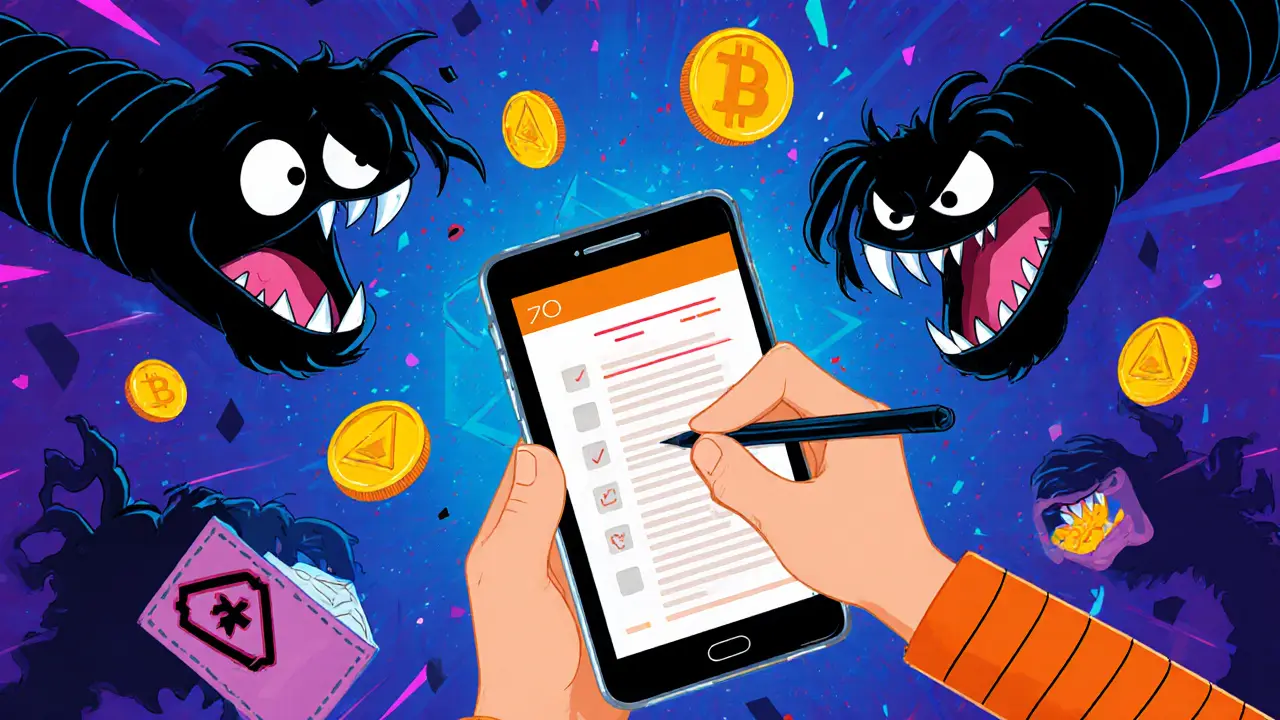dApp Security: Protect Your Decentralized Apps from Hacks and Exploits
When you interact with a dApp, a decentralized application that runs on a blockchain without central control. Also known as decentralized app, it lets you trade, stake, or lend crypto directly—no bank, no middleman. But if the code behind it is flawed, your funds can vanish in seconds. dApp security isn’t optional. It’s the difference between owning your crypto and losing it to a glitch, a scam, or a hacker who found a loophole you didn’t know existed.
Most dApp breaches happen because of smart contract vulnerabilities, bugs in the self-executing code that powers blockchain applications. Also known as on-chain exploits, these flaws let attackers drain wallets, manipulate prices, or freeze assets. The 2022 Ronin Bridge hack lost $625 million—not because someone stole a password, but because the contract didn’t check if signatures were valid. That’s not a user error. That’s a dApp security failure. And it’s not just big projects. Even small DeFi apps with low traffic get targeted because their code is copied, rushed, or poorly audited. You can’t assume a dApp is safe just because it’s popular. Always check if it’s been audited by a known firm like CertiK or Trail of Bits. If it hasn’t, treat it like a locked door with no key.
DeFi security, the practice of safeguarding decentralized finance protocols from exploits and fraud. Also known as blockchain finance protection, it’s built on layers: secure code, proper access controls, and user vigilance. But even the best protocols can’t protect you if you connect your wallet to a fake site or approve a malicious token. That’s why wallet security, the measures you take to protect your crypto holdings from unauthorized access. Also known as self-custody safety, it’s your last line of defense. Use hardware wallets. Never share your seed phrase. Turn on 2FA everywhere you can. And always double-check the URL before you sign anything. The most secure dApp in the world means nothing if you’re giving away your keys.
What you’ll find below are real-world examples of what went wrong—and what worked. From NFT market crashes tied to insecure contracts, to exchanges that got hacked because they skipped basic checks, to airdrops that turned into scams because users didn’t verify the source. These aren’t theoretical risks. They’re documented failures. And the fixes? They’re simple, but only if you know what to look for.
dApp security isn't about blockchain being unbreakable-it's about avoiding human error, fake websites, and poorly coded smart contracts. Learn how to protect your funds from phishing, rug pulls, and unchecked approvals.
